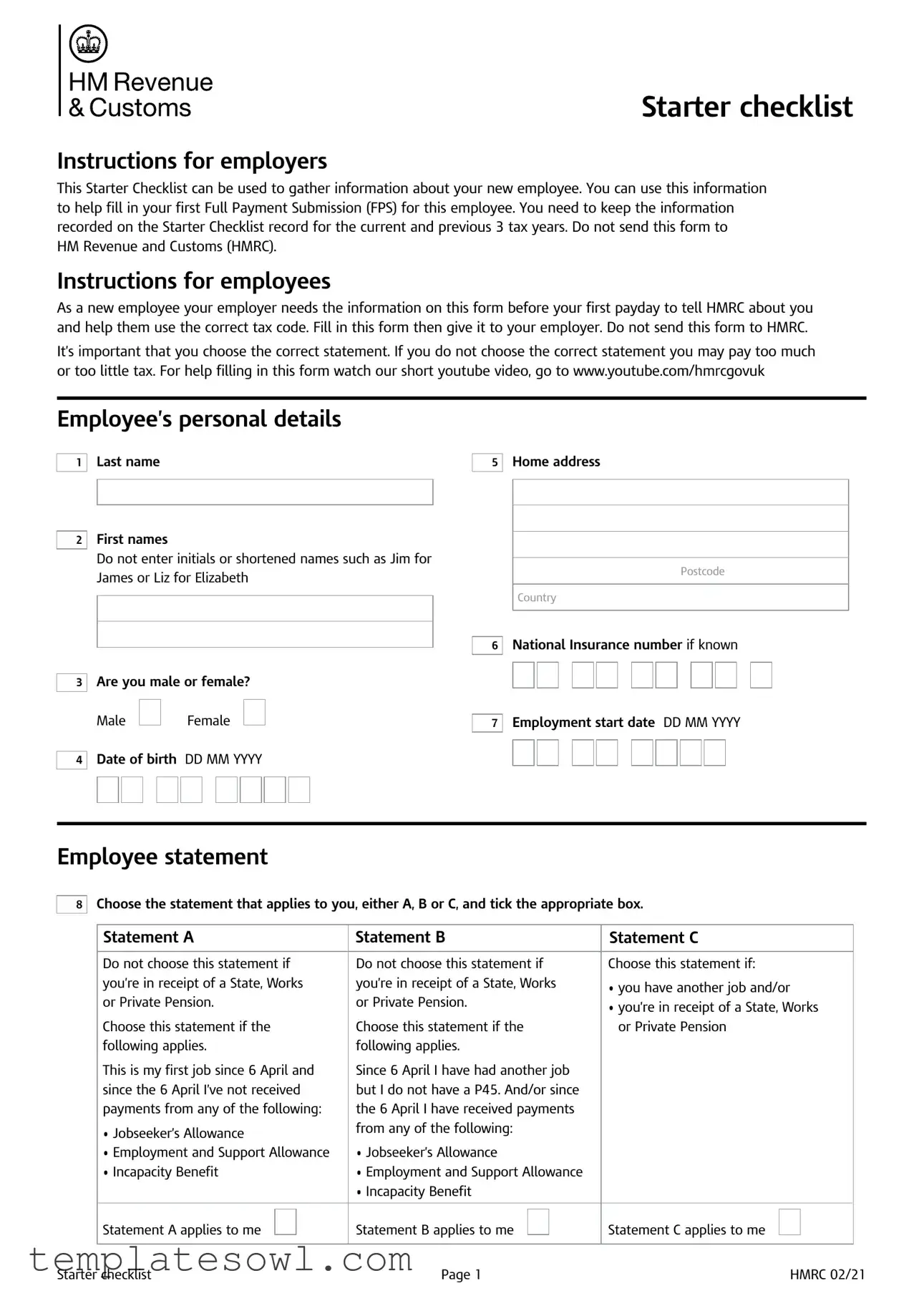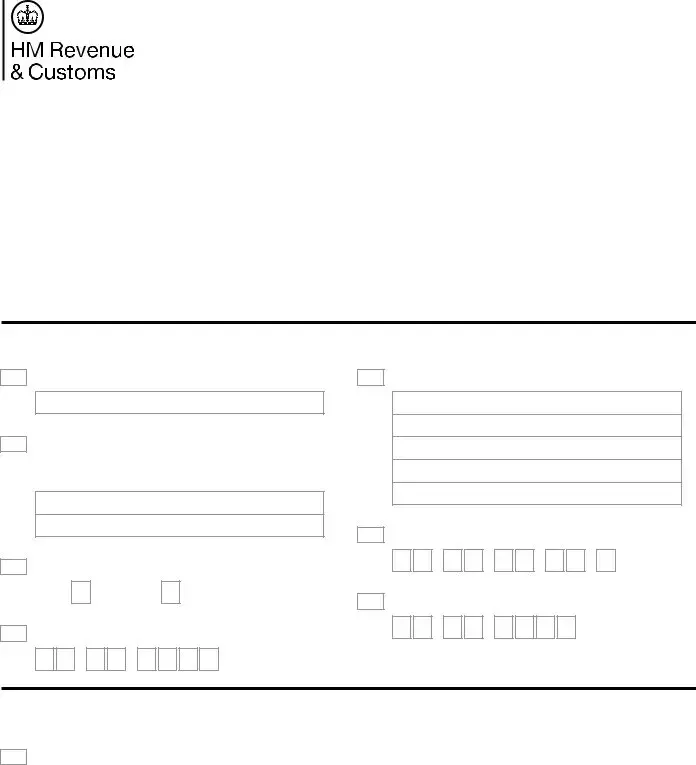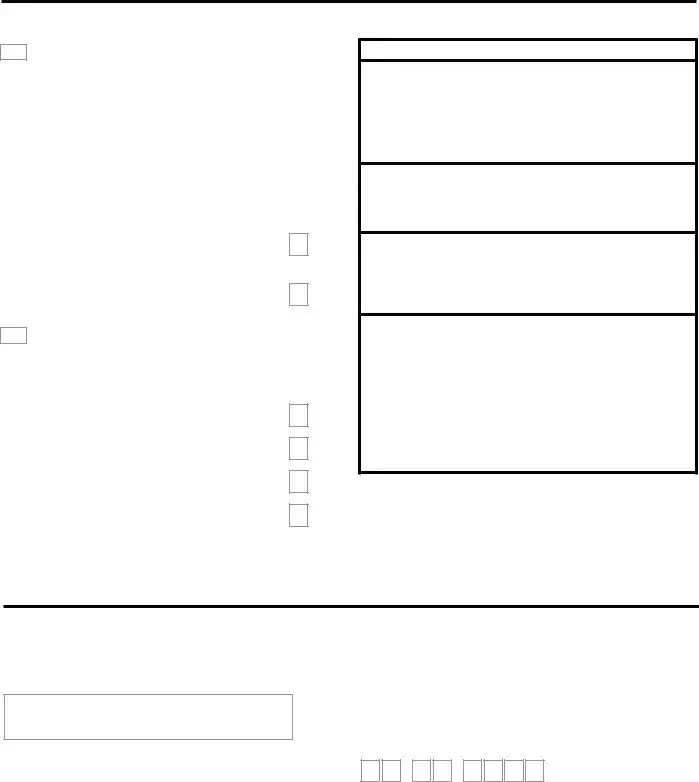Filling out the HMRC Starter Checklist form can seem straightforward, but many people run into common pitfalls that could lead to tax issues down the line. Understanding these mistakes is crucial for ensuring accuracy. Here are eight common mistakes to watch out for.
One of the most frequent errors is incomplete personal information. People sometimes forget to include their full names in the correct format. It’s essential to provide your entire first name rather than an initial or shortened form, like "Jim" for "James." This ensures that your records match and prevents unnecessary confusion.
Another common oversight occurs with the date of birth section. Many individuals mistakenly write down the wrong date or use an incorrect format. Always double-check that the day, month, and year are correct—any discrepancy here can affect your tax code and retirement plans.
Some individuals neglect to indicate their gender, leaving that section blank. While it may seem minor, this information helps define your tax obligations and may influence your benefits. It's a small detail that can save you from future headaches.
A big mistake happens when choosing the appropriate statement. Many people either misunderstand the criteria for each statement or fail to read them closely. It's vital to select the correct statement applicable to your situation. Choosing wrongly can lead to overpayment or underpayment of taxes.
Don't forget to fill in the employment start date. A significant number of new employees skip this section, thinking it's not necessary. The start date is crucial information that helps determine how your income will be taxed from day one, so ensure it's accurate!
Confusion often occurs with Student Loan questions, especially regarding the type of loan. Individuals sometimes fail to check the right plan, which can be critical for deductions from your wages. Review the guidelines provided in the form and make sure your answers are squarely aligned with your circumstances.
Inadequate signing of the declaration section is another common mistake. Many individuals forget to sign or date the form, rendering it incomplete. A signed declaration confirms that all provided information is accurate, which is crucial for compliance.
Lastly, some people mistakenly think they need to send the form directly to HMRC. Instead, keep it with your employer who will use it for their payroll records. This simple mistake can lead to administrative complications and potential penalties.
These common mistakes might seem small, but they can significantly impact tax calculations and compliance. Taking time to review and accurately complete your HMRC Starter Checklist can save you from future frustrations.


